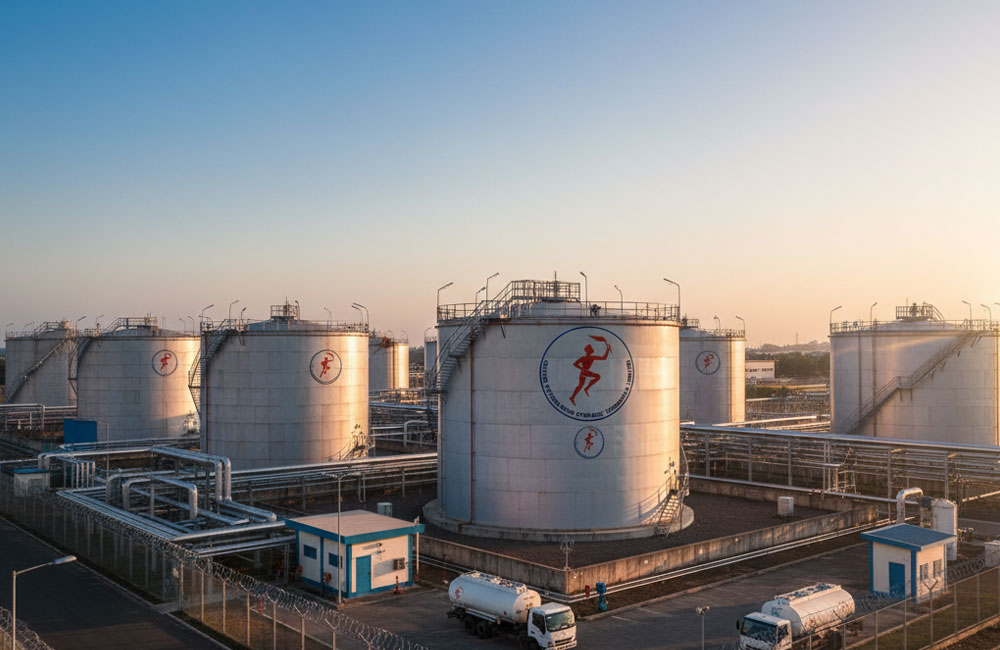In a bid to prevent a repeat of the crippling fuel shortages experienced during the 2022 economic crisis, the Cabinet this week approved a major overhaul of the country’s petroleum storage network including the construction of new tanks and the replacement of aging ones at the Kolonnawa and Muthurajawela terminals.
The move aims to enable the Ceylon Petroleum Storage Terminal Company (CPSTL) to maintain a minimum fuel buffer equivalent to 45 days of national demand, a target long recommended by energy-sector auditors but never fully achieved.
Cabinet has cleared the CPSTL to finance the project using its own funds, noting the urgency of strengthening the resilience of Sri Lanka’s petroleum supply chain. CPSTL currently manages more than 90 percent of the country’s petroleum storage and distribution, yet much of its infrastructure some built in the 1940s has exceeded its safe operational lifespan.
According to Cabinet Spokesman and Minister Dr. Nalinda Jayatissa, six new storage tanks with a combined capacity of 64,000 cubic metres are already under construction at Kolonnawa. At the Muthurajawela terminal the country’s single largest petroleum hub procurement has begun for three additional tanks totalling 40,000 cubic metres.
Two decades-old tanks at Kolonnawa, numbered 30 and 31, will also be dismantled and replaced with modern 7,000- and 15,000-cubic-metre units to improve structural safety and reduce maintenance risks.
Energy analysts note that Sri Lanka’s total usable storage capacity remains inadequate relative to consumption. The country requires at least 1.2 million metric tonnes of operational storage to safely cushion supply disruptions, but current capacity is less than two-thirds of that.
Daily fuel usage has climbed back to 14,000–15,000 tonnes, driven by a post-crisis rebound in transport and power generation, forcing the government to rely heavily on frequent import cycles. Even minor delays weather-related shipping disruptions, global price spikes, or supplier credit tightening can trigger islandwide shortages.
The proposed tank expansion, therefore, is viewed as crucial but not sufficient on its own. Energy-sector experts argue that increasing storage at existing sites provides only a partial solution.
Both Kolonnawa and Muthurajawela sit near densely populated urban zones, where land constraints, safety risks, and environmental sensitivities limit large-scale expansion. Some experts also caution that without long-term procurement planning and a shift to competitive tendering, larger storage volumes could simply magnify the financial burden of imports during periods of high global oil prices.
CPSTL officials, however, insist the additional capacity will improve flexibility, allowing the country to purchase larger volumes during favourable price windows and reduce dependency on emergency shipments. Improving tank-to-pipeline connectivity and modernising pumping systems are also expected to cut unloading times at ports, which currently average 36–48 hours per tankeramong the slowest in the region.
While the latest Cabinet approval marks a significant step forward, the broader question remains: can Sri Lanka build enough buffer capacity and adopt the right procurement strategy to truly insulate the economy from future fuel shocks? For now, the expansion of the Kolonnawa and Muthurajawela terminals appears to be the country’s most immediate line of defence.

Leave your comments
Login to post a comment
Post comment as a guest